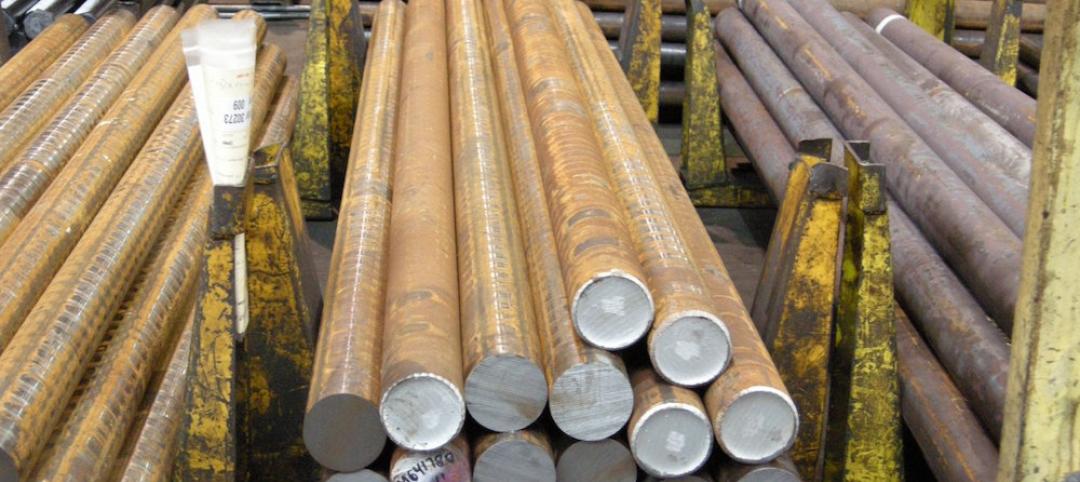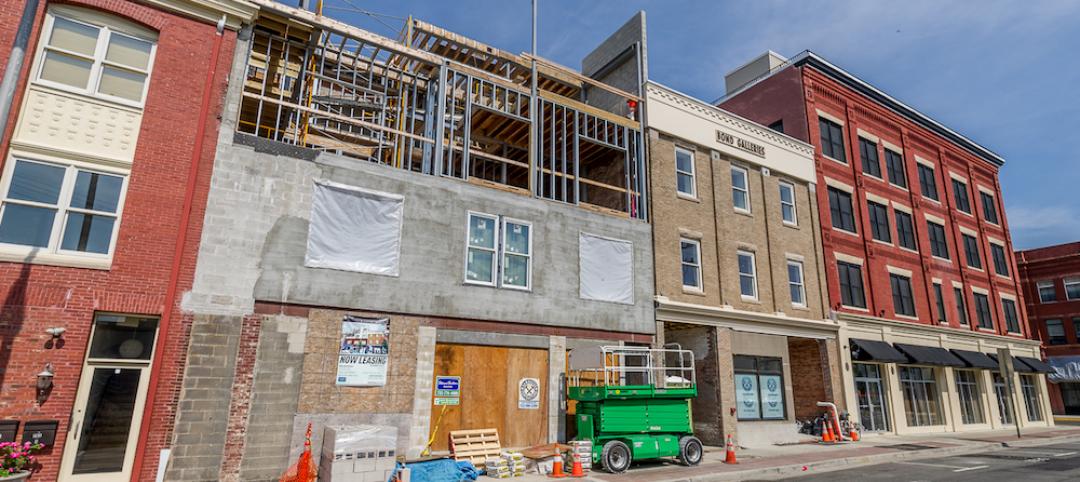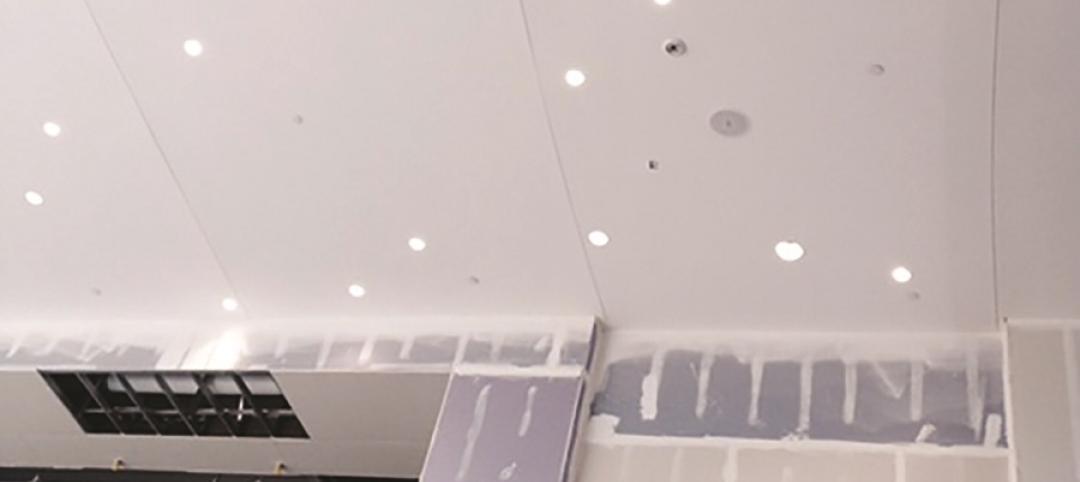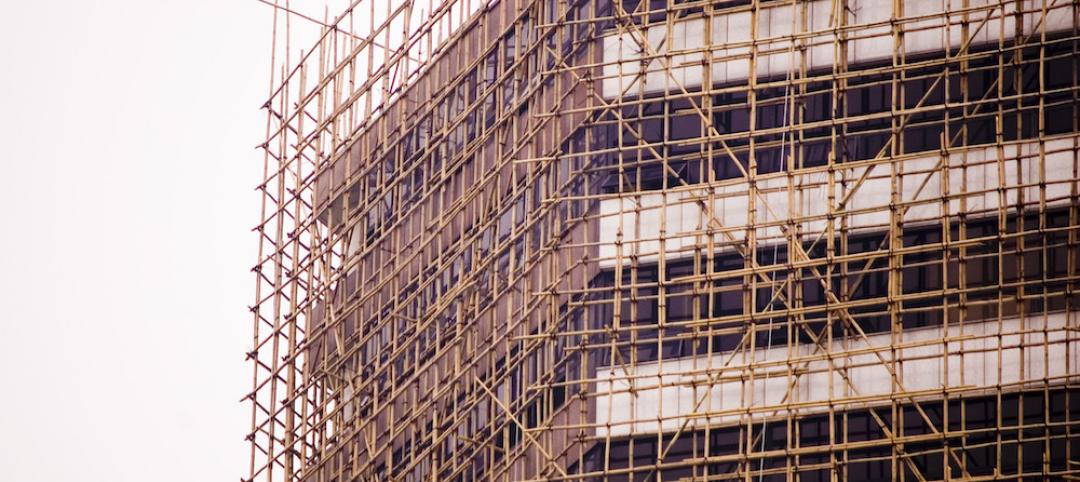Tacoma, Wash., recently initiated a study to find ways to increase building material reuse through deconstruction and salvage.
The city council unanimously voted to direct the city manager to investigate deconstruction options and estimate costs. The study will focus on devising salvage assessments that identify reuse cases for recovered building materials and identify ways to reduce deconstruction costs and shorten timelines.
Tacoma joins several cities including Pittsburgh, Milwaukee, and San Antonio that are developing programs to recover, reuse, and recycle building materials from buildings that are slated to be torn down. Portland, Oregon, already has a deconstruction ordinance on the books. That city requires buildings constructed before 1940 to be deconstructed rather than demolished.
Proponents for a similar ordinance in Tacoma cited several benefits: a higher likelihood of finding and safely disposing hazardous materials, limiting air pollution resulting from demolition, and reusing historic building materials to build new structures that reflect existing architectural styles. Opponents cited concerns over longer project timelines that would result from the proposal.
Related Stories
Building Materials | Jun 16, 2016
ABC: Construction material prices rise again in May
Nonresidential construction price gains were largely driven by iron and steel prices and steel mill product prices.
Green | Jun 2, 2016
USGBC offers new LEED pilot credit: Building Material Human Hazard and Exposure Assessment
For assessing human health-related exposure scenarios for construction products.
Building Materials | Jun 1, 2016
MIT study: Microscopic structure of natural materials can inspire better concrete
Bones and sea sponges are highly organized at the molecular level, while concrete consists of random composites.
Sponsored | Building Materials | May 25, 2016
Materials Manufactured to Move Protect Southwest Energy’s New Office
Codes and Standards | May 20, 2016
Industry leaders call for wider use of bamboo as a building material
Benefits include seismic resiliency and sustainability.
Building Materials | Apr 8, 2016
AIA: Architects release first white paper on materials transparency and risk
It provides the steps architects should be taking to ensure change, promote openness, and increase collaboration between themselves, their suppliers, and their clients.
Market Data | Feb 26, 2016
JLL upbeat about construction through 2016
Its latest report cautions about ongoing cost increases related to finding skilled laborers.
| Jan 28, 2016
AIA CES class: The rainscreen approach to a better building envelope
Building envelope expert Bradley Carmichael of Hoffmann Architects explains how rainscreen wall systems work and evaluates the effectiveness of various rain-control methods, including mass walls, perfect barriers, and masonry veneers. This AIA/CES class is worth 1.0 learning unit.
Building Materials | Jan 25, 2016
Johnson Controls to merge with Tyco International
The $20 billion deal is the latest corporate inversion maneuver.
















